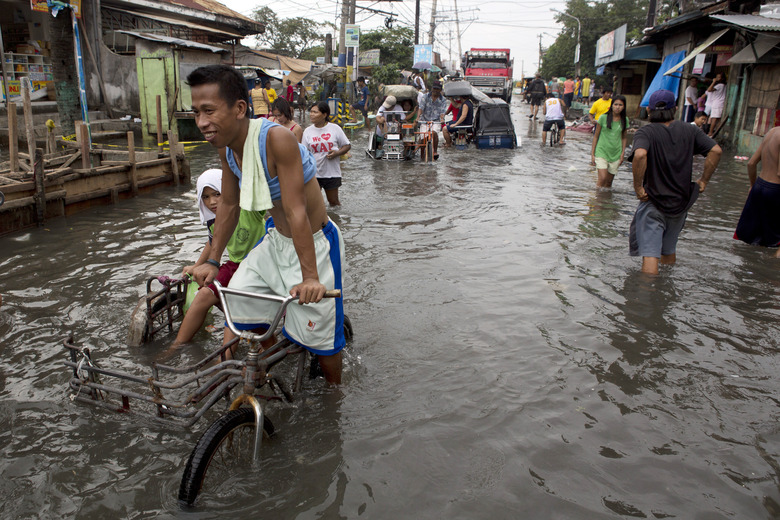Where Are Monsoons Most Likely To Occur?
Monsoons are located in the tropics, where the specific wind shift that causes them occurs seasonally. When a monsoon occurs in the Northern Hemisphere, there is a southwestern wind in the lower part of the atmosphere that mixes with a northeastern wind in the upper part of the atmosphere. When the two collide, the winds try to switch directions, causing the rotation that characterizes monsoons. In the Southern Hemisphere, it is the opposite, with the lower-level winds coming from the northeast and the higher-level winds blowing in from the southwest.
Monsoon Season
Monsoon Season
The word "monsoon" comes from "mausim," which is Arabic for season. This is where the term "monsoon season" comes from. Besides the rotating wind that comes with monsoons, there is other weather that is also typically associated with a monsoon. Thunderstorms and heavy rainfall are the most common. This heavy rainfall can sometimes lead to major flooding, as was the case in the Philippines in 2012. In some parts of the world, the rainfall that occurs during monsoon season is the majority of rainfall in the region for the entire year, and a weak monsoon season can lead to devastating droughts.
Asian and Australian Monsoon
Asian and Australian Monsoon
Asia is known for having two monsoon seasons: a summer monsoon and a winter monsoon. The summer monsoon most famously impacts India, where urban areas prepare for flooding of sometimes up to a foot and a half of water. It is this monsoon that fills the wells and aquifers for the entire year, so the country can sustain itself. If the summer monsoon is weak, the economy suffers. The winter monsoon is more associated with droughts and affects areas north of the Himalayas, such as Mongolia and China. Some places, like Indonesia and Malaysia, experience a wet winter monsoon. Australia receives similar rainfall activity as India in the summer months, although rainfall is usually lighter there. Australia often sees the monsoonal rainfall during January and February, where India receives that rainfall between April and September.
West African Monsoon
West African Monsoon
The West African monsoon is not as well-known or severe as the Indian monsoon, but still has a great deal of effect on the area. This monsoon is a mixture of dry, dusty air from the Sahara Desert and warm, wet air from the ocean. They meet each other and culminate in a short rainy season during the summer months of June through August. Most of this part of Africa is incredibly dry, so these monsoonal rains are very important to the culture and survival of the people who live there.
Southwestern United States and Northwestern Mexican Monsoon
Southwestern United States and Northwestern Mexican Monsoon
The North American monsoon affects Arizona, parts of New Mexico, Southern California and Northwest Mexico. The monsoon occurs in the late summer, usually dropping rain in July, August, and September. The North American monsoon develops in patterns called bursts and breaks, and rainfall, in inches, is often slight. Thunderstorms are likely to develop during bursts, and sometimes last for a week at a time. The sky is clear during breaks, giving the state a slight reprieve from the rain. This represents the second rainy season for Arizona, with the first being during the cooler months of November through April.
Cite This Article
MLA
Gernentz, Amanda. "Where Are Monsoons Most Likely To Occur?" sciencing.com, https://www.sciencing.com/monsoons-likely-occur-23220/. 24 April 2017.
APA
Gernentz, Amanda. (2017, April 24). Where Are Monsoons Most Likely To Occur?. sciencing.com. Retrieved from https://www.sciencing.com/monsoons-likely-occur-23220/
Chicago
Gernentz, Amanda. Where Are Monsoons Most Likely To Occur? last modified March 24, 2022. https://www.sciencing.com/monsoons-likely-occur-23220/
